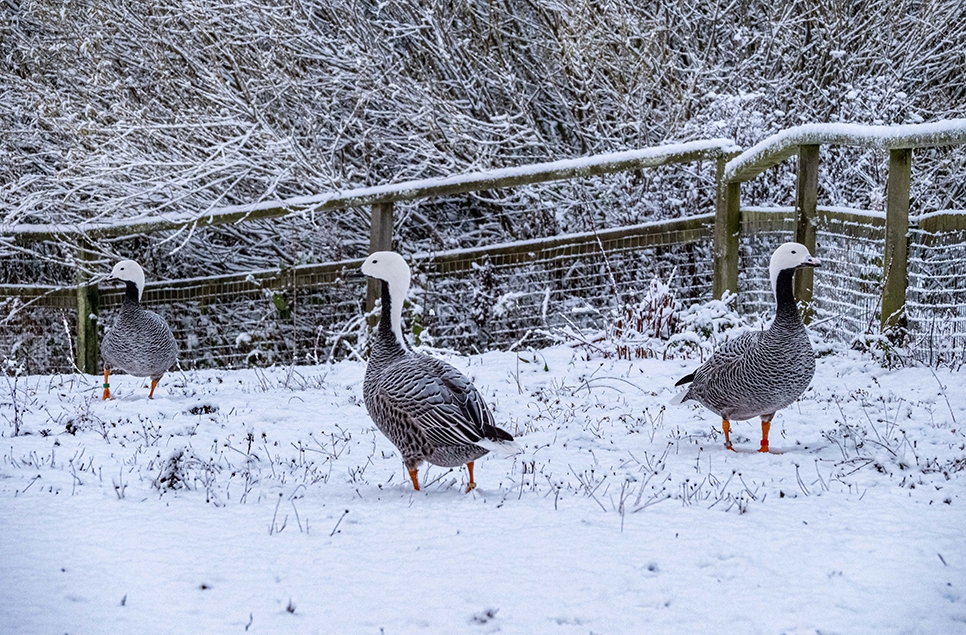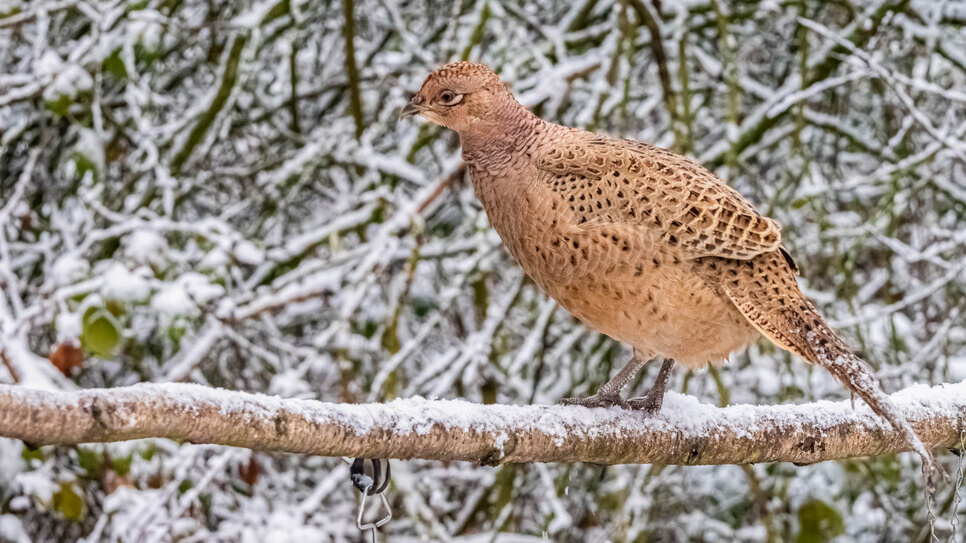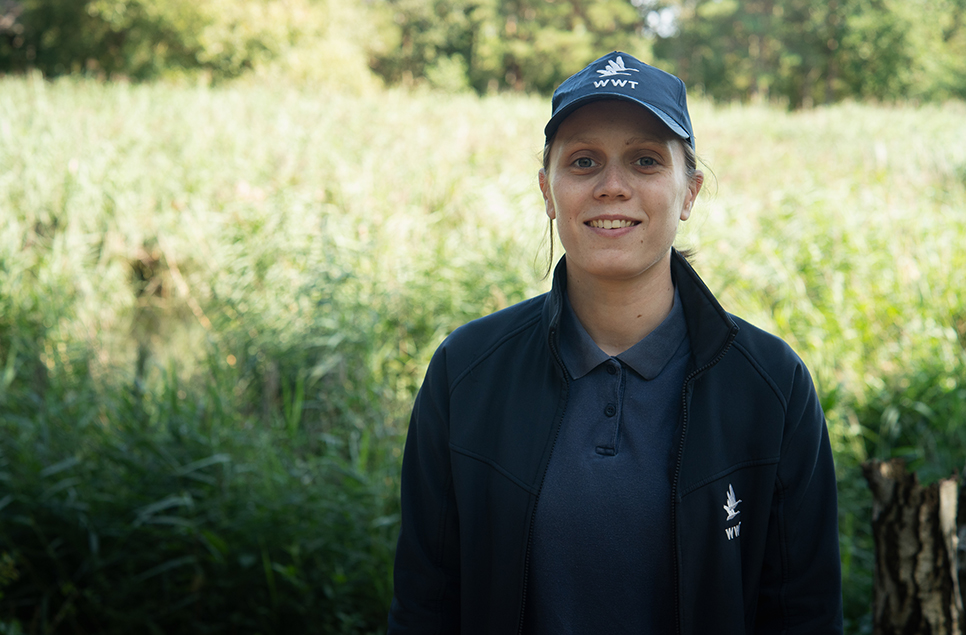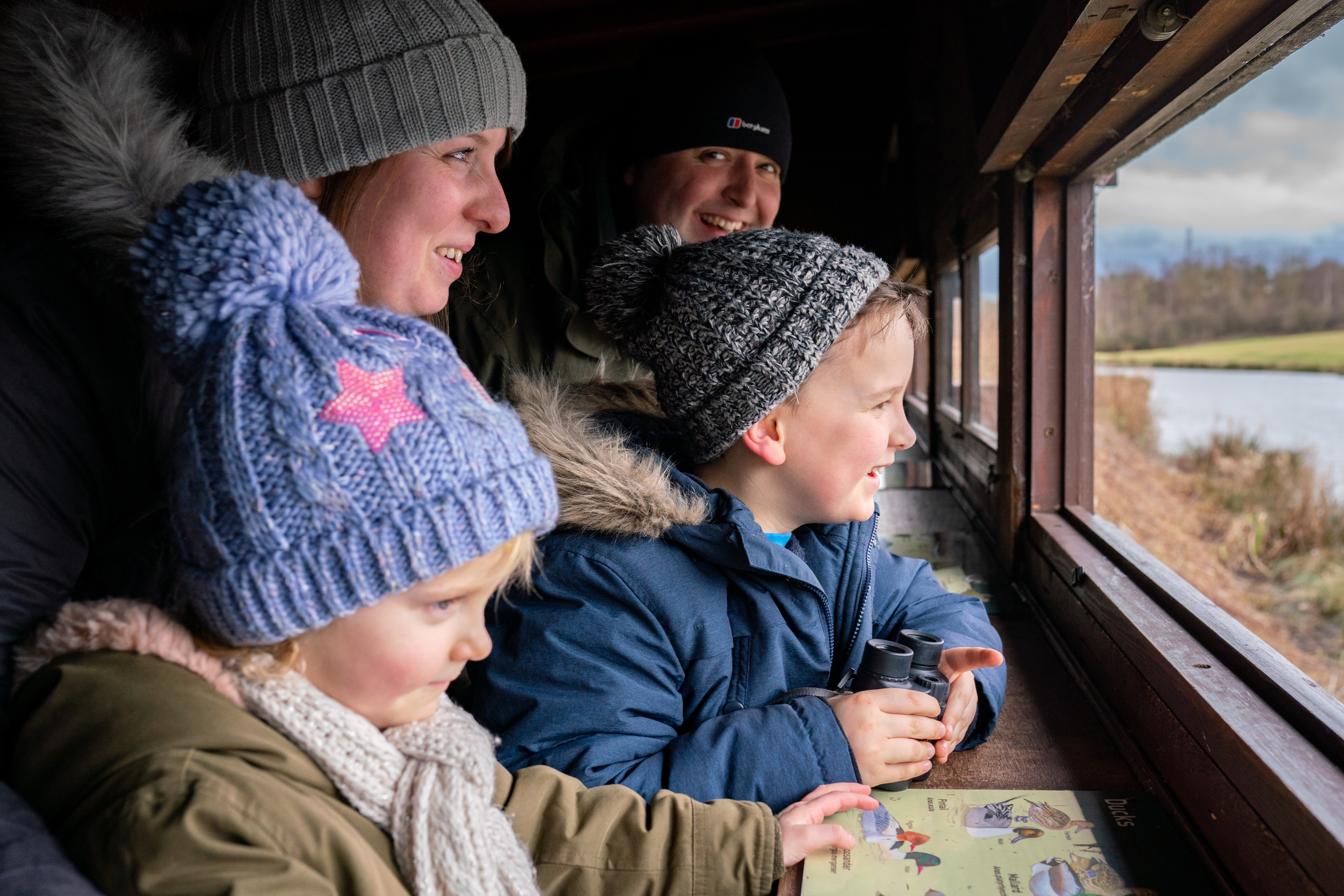Migratory birds and where to see them!
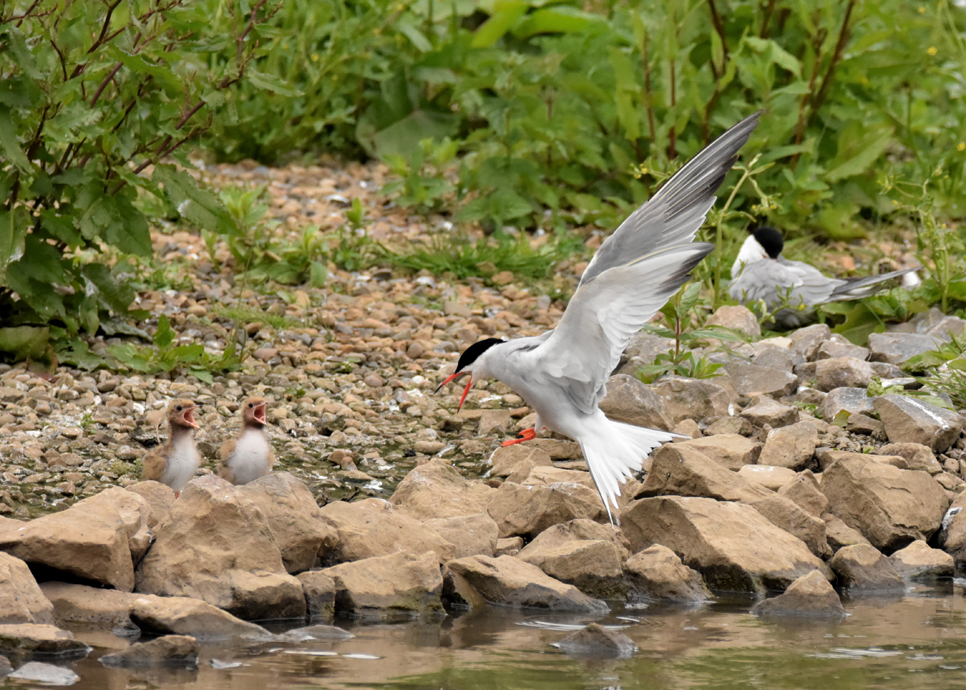
At this time of year, birds are migrating from their wintering grounds all over the world, heading back to their summer breeding grounds throughout the UK.
We are very fortunate at WWT Washington to see an array of bird species converging on our woodlands and wetlands, whether they return to breed or are just passing through as they stop to rest before the end of their journey. Many birds choose our reserve as the place to find a mate, build their nests and claim their territory. It's also here that they lay, hatch and raise their young - an incredible feat to witness and something that can inspire budding naturalists to first develop a love of nature.
Over the summer months, various areas of our site become home to these incredible birds, some of which fly thousands of miles to get here. Here's some hints and tips of what to look for and where:
Sand martin, swallows and amber-listed house martins travel up to 8000 miles from their over-wintering grounds in Africa, arriving in the UK from April. They can often be seen flitting over our amphibian ponds to the east of the reserve, hawking for insects in the air.
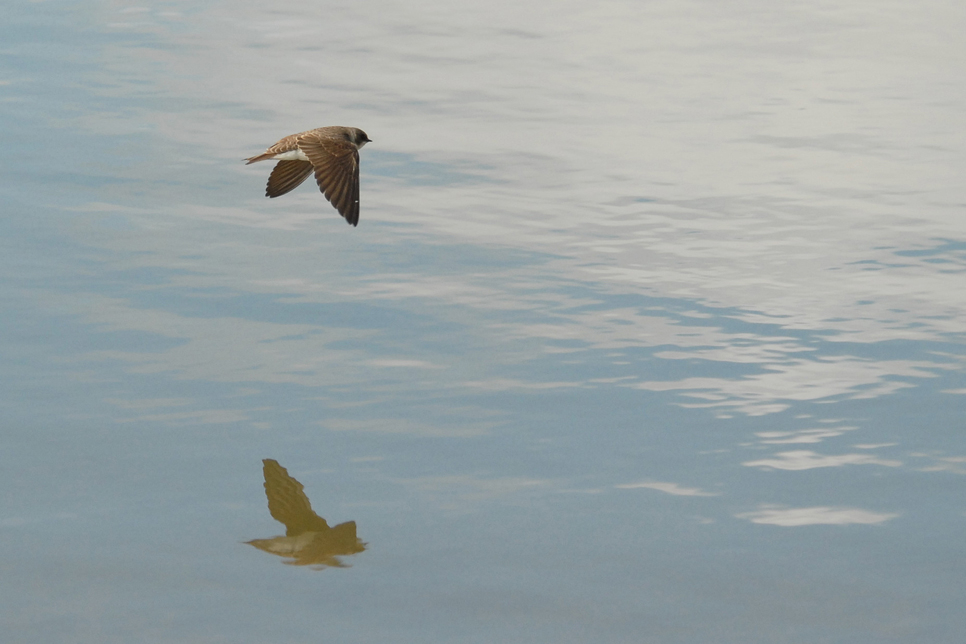
Sand martin in flight © WWT
Warblers take cover around the amphibian ponds too, camouflaged in the tall reeds and grassy vegetation. Sedge, willow and reed warblers are incredibly vocal here and are regularly heard before being seen.
Avocet arrive from late February to the shores of Wader Lake. Here, they forage for food and set up their nests on the shingle islands, where youngsters hatch and grow. The first avocet pair arrived at WWT Washington in 2006, with a successfully hatched and fledged youngster. Since then, numbers have steadily increased to over 50 adult birds. Their distinctive upturned bill makes this regionally rare species instantly recognisable.
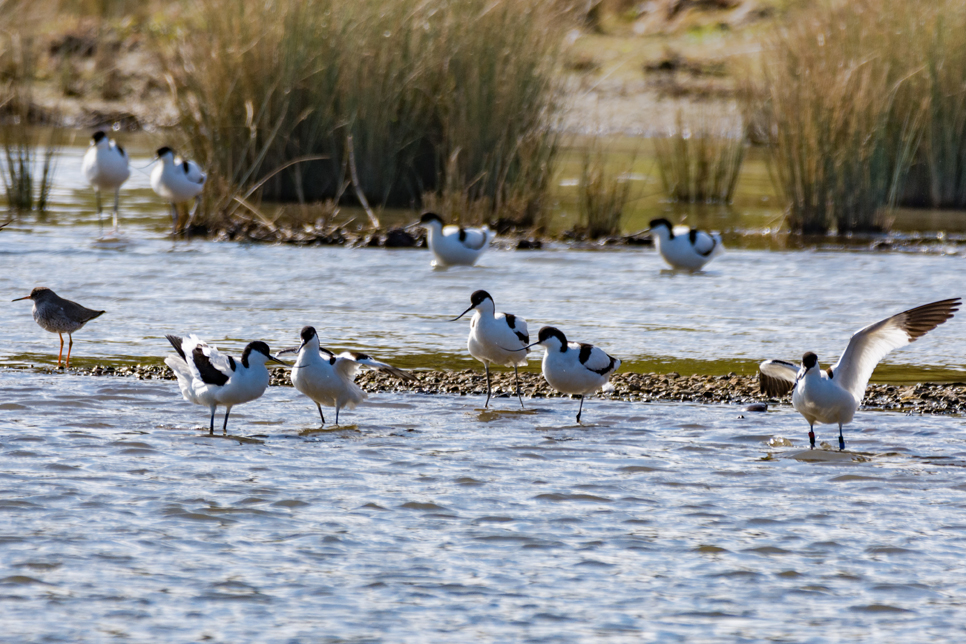
Avocet group on Wader Lake © WWT / Ian Henderson
A boisterous colony of amber-listed common tern lands in April, travelling from the subarctic regions of Europe, Asia and North America to Wader Lake. Their noisy arrival signals the definite start to the breeding season. Watch from the viewing screen next to Diageo hide as they begin to build their nests and mate on the shingle islands or marvel at their aerobatic antics as they swoop and dive for fish to feed their youngsters from June onwards.
Other warblers including chiffchaff, blackcap and whitethroat are incredibly active along the path of Wader Lake, where the pollarding and coppicing of dominant trees has created hedgerow and scrub regeneration, allowing these species to thrive. Their distinct calls, including the notable *chiff chaff* sounds, will give away their rough location and patience will allow you to spot these busy birds.
Ringed plovers and their smaller cousins little-ringed plovers begin their migration journey in East Africa and the Eastern Mediterranean. They seek shelter on Wader Lake; their plumage perfectly hidden within the stones on the shingle islands. Observe them from the Diageo Hide screen as they feast on insects, worms and invertebrates just below the surface of the nearby mud scrapes.
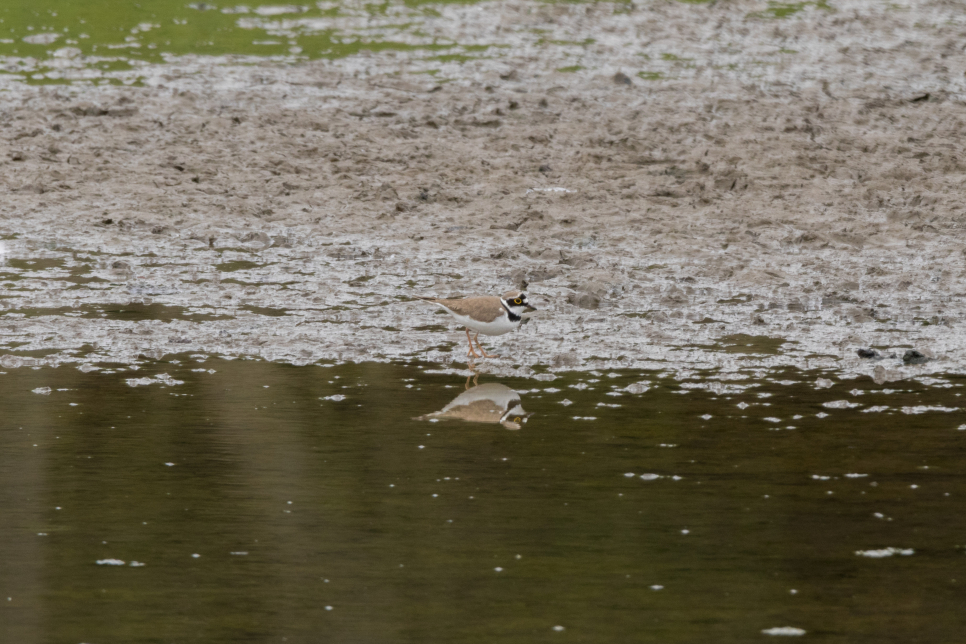
Little ringed plover on Wader Lake mud scrape © WWT / Ian Henderson
